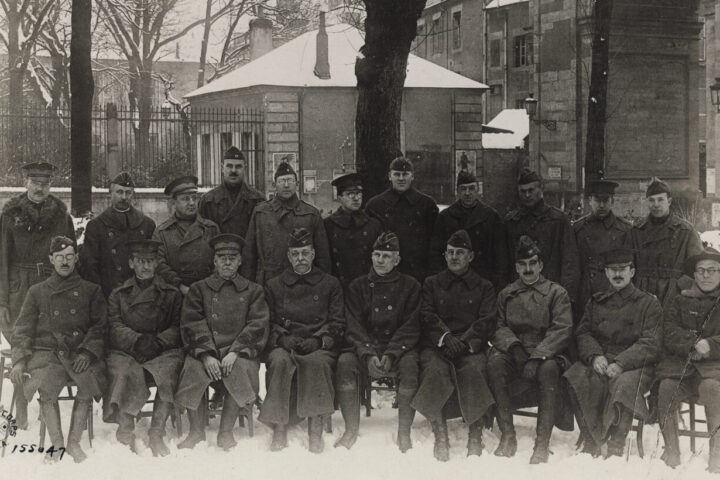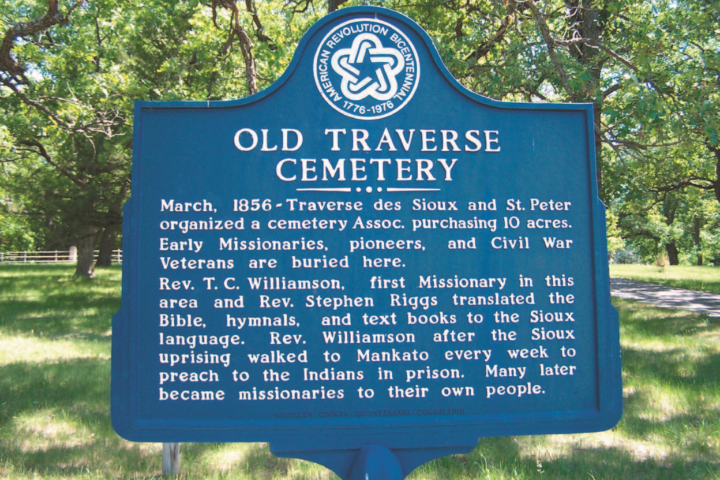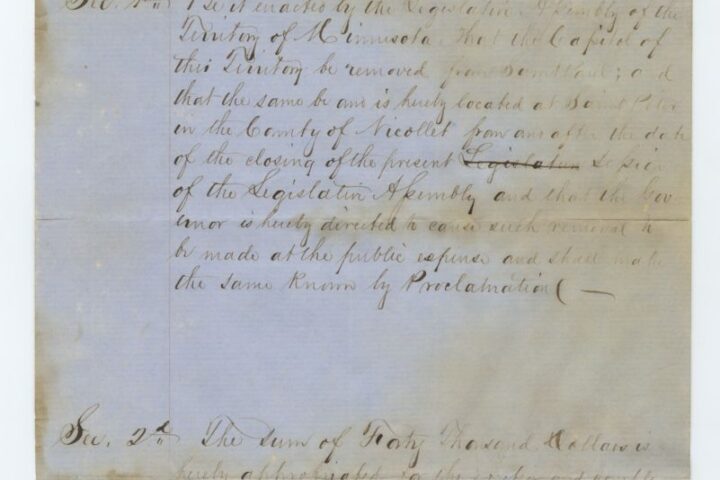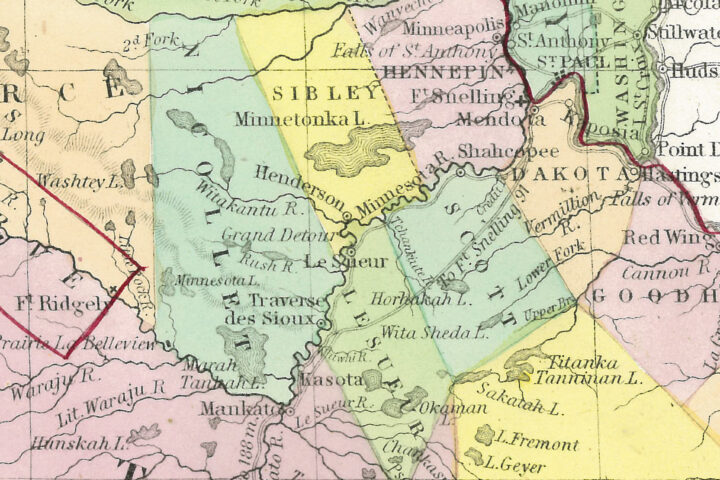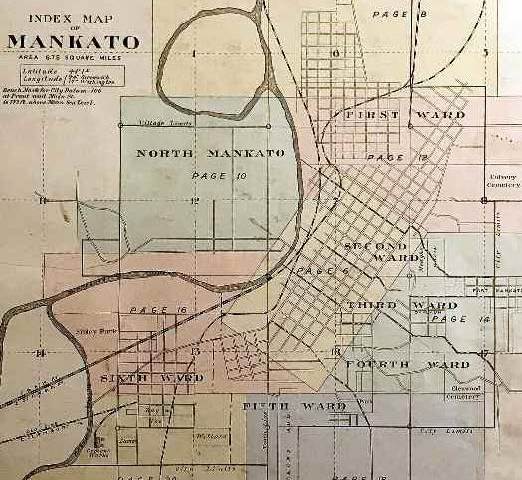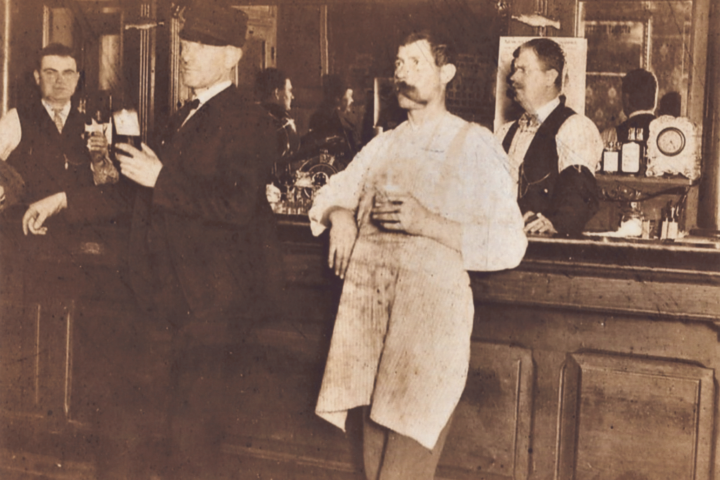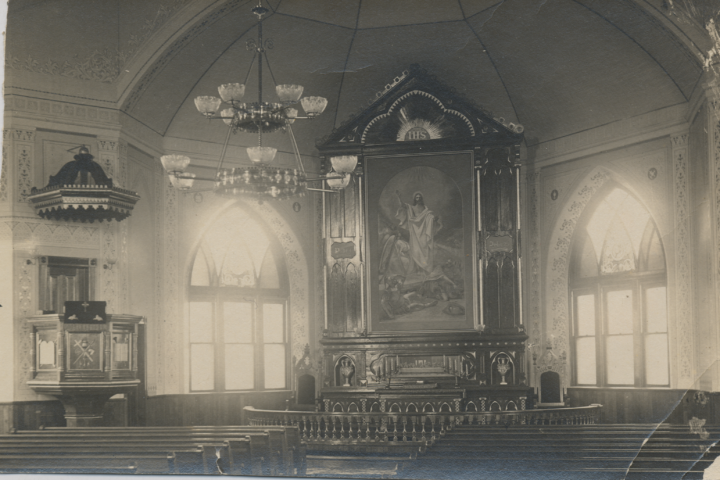Bob Looks Back: The Great Storm of 1873
by Bob Sandeen, NCHS Research Assistant
The January 29, 1873 issue of the Saint Peter Tribune is quoted in the following sentences. “In the early part of this month Minnesota was swept for two days by an icy tempest, unparalled [sic] in our previous history. The storm came with unannounced suddenness, and a day that up to two o’clock in the afternoon was mild; pleasant and even thawing changed to a storm terrific in its fury. Snow fell only moderately, but the fierce cutting wind gave it the appearance of coming down in clouds, and before dark it was impossible, on the prairies, to see a rod in advance.”
The same issue of the newspaper stated that initial accounts greatly inflated the number of people who died, but also stated that a more recent compilation indicated that less than 30 people died in the storm in Minnesota. Many who survived left vivid accounts of horrible ordeals.
One of those who left such an account was Dr. Asa W. Daniels (1829 to 1923), a St. Peter physician, who traveled by sleigh to see a patient at a home about 18 miles away in New Sweden Township in Nicollet County. Daniels, for whom the Daniels Health Center in St. Peter is named, started back to St. Peter as the storm began. His course along the road kept the wind at his back, leading Daniels to believe that he would be able to complete the journey. Somewhere around eight or ten miles from home, Daniels found a man named Michael McGraw “in a bewildered condition” according to the doctor’s account in the January 15th issue of the Tribune. The two men eventually reached a home in the area, where the doctor left McGraw. Daniels continued on toward St. Peter alone. About four miles from town, the team pulling the sleigh strayed from the road. This happened near the Prentiss farm in section 13 of Traverse Township. Daniels tried going north and south for a while in an attempt to find the road but was unsuccessful. By the time it was about five o’clock in the afternoon, the visibility was so bad that Daniels was sometimes unable to see the horses in front of him. He let the horses go as they pleased. They took him through several drifts of snow before the sleigh became stuck in an especially deep drift among “some hazel brush.”
Daniels realized that his only option was to turn the horses loose and begin walking. He kept the wind at his back, walked through several more drifts, and reached the timberline along the bluff at the former Huggins farm, which was then owned by James Fay. The Huggins family at various times owned land in sections 7 and 12 in Traverse Township, and Fay owned land in section 7. Here, a short distance southeast of the community of Traverse, Daniels found the track of a sled, which he followed until he again reached the main road. Daniels walked along the road as far as the home of Henry Loomis, where he remained until it was safe to continue on to St. Peter. Loomis owned land in sections 7, 13, and 18 in Traverse Township, with the house apparently in either section 7 or section 18, below the ridge east of the community of Traverse. The day after his return to the city, Daniels returned to the countryside to see if he could find his horses and to retrieve his sleigh. The horses had remained with the sleigh and had been exposed to the wind and snow for 65 hours but were in surprisingly good condition. Because of the reference to the horses spending 65 hours exposed to the elements, it appears that Daniels left St. Peter for New Sweden Township on Tuesday, January 7th. The Tribune states that he stayed at the Loomis home until Thursday and that he found his horses on Friday, which was January 10th.
A man named Geifer (a spelling variant of Giefer) died on January 7th near the railroad depot in the community of Nicollet according to the January 15th issue of the Tribune and his death certificate at the Nicollet County Courthouse. Geifer, whose first name has been variously spelled as Edius, Egidius, and Edwin, among other variants, lived on the north side of Swan Lake, and had brought in a load of wheat to the community. He had started for home before the storm, but was later found 15 or 20 rods (about 250 to 330 feet) from the depot. His wife, Margaret, became a widow with 10 children. The last child, Catherine, was born on April 28, 1873, less than four months after the death of her father. Margaret died in 1897, and was buried next to her husband in the Church of the Visitation Cemetery along the Fort Road.
The Tribune of the 15th also tells about various problems with the area railroads, including the story in the next sentences. “The train which was stuck in a cut near Kasota on Tuesday evening, we understand was drifted over so that nothing but the top of the smoke stack was visible. It was dug out and arrived in St. Peter about 12 o’clock Friday night.”
Another article in the same issue of the newspaper commented on the deep snowdrifts in the business district in St. Peter. “McCurdy & Bickel had the curiosity to weigh the snow that had drifted upon the platform of their hay scales, about 8 by 10 feet. The snow was about four feet deep, and must have been closely packed, as it weighed 5,300 pounds.”
The Tribune of January 22nd contains an interesting family story. “A German and his wife, living in Nicollet, were in this town on the day of the storm. They left four children at home, the oldest being a little girl nine years of age, and the youngest only eight months old. When the anxious parents returned home after the storm, they found to their great joy that the children were all alive, and well. The oldest girl had fed the babe on sugar and water, and all the children kept snugly in bed most of the time.”
The last story is from the February 2nd issue of the Tribune. “During the great storm August Meethe who lives on a homestead he had taken in Granby not long ago, was at a neighbor’s when the storm came up. He left a wife and one child at home, who were obliged to remain in bed over 65 hours. The snow drifted over the cooking stove about two feet deep, but they all came out safe. A cow belonging to them was frozen.”

